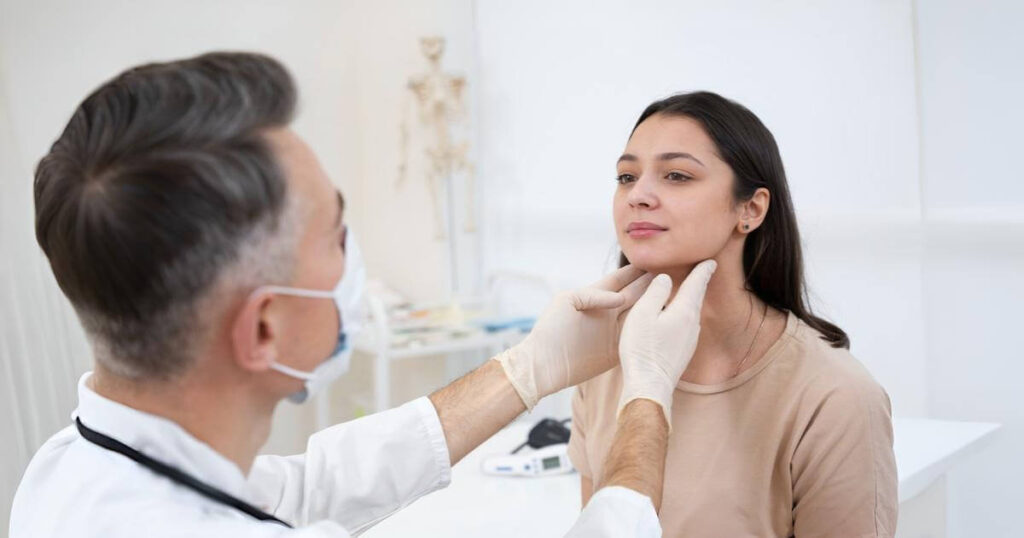Key Takeaways
- Mumps spreads easily but can be prevented with timely vaccination.
- Recognizing symptoms early helps reduce complications.
- The MMR vaccine is a safe and effective way to protect against mumps.
Mumps can catch you off guard with mild flu-like signs that quickly turn into painful swelling near your jaw and cheeks. It spreads easily through coughs, sneezes, or close contact, making it important to understand how to recognize it early and prevent its spread. You can protect yourself and others from mumps safely and effectively with the MMR vaccine, which has been proven to prevent infection and reduce complications.
While most people recover fully, mumps can sometimes lead to serious problems such as hearing loss, inflammation of the brain, or reproductive issues. Knowing the symptoms and when to seek medical attention helps you act quickly and avoid these risks. Understanding how the MMR vaccine works and its strong safety record gives you confidence in making informed health choices.
Learning about mumps and its prevention empowers you to protect your health and your community. With accurate information, you can separate facts from myths and take simple, effective steps to stay safe.
Understanding Mumps: Causes and Transmission
Mumps is a contagious viral infection that primarily affects the salivary glands but can also impact other organs. You can protect yourself and others through vaccination, good hygiene, and awareness of how the virus spreads and who is most at risk.
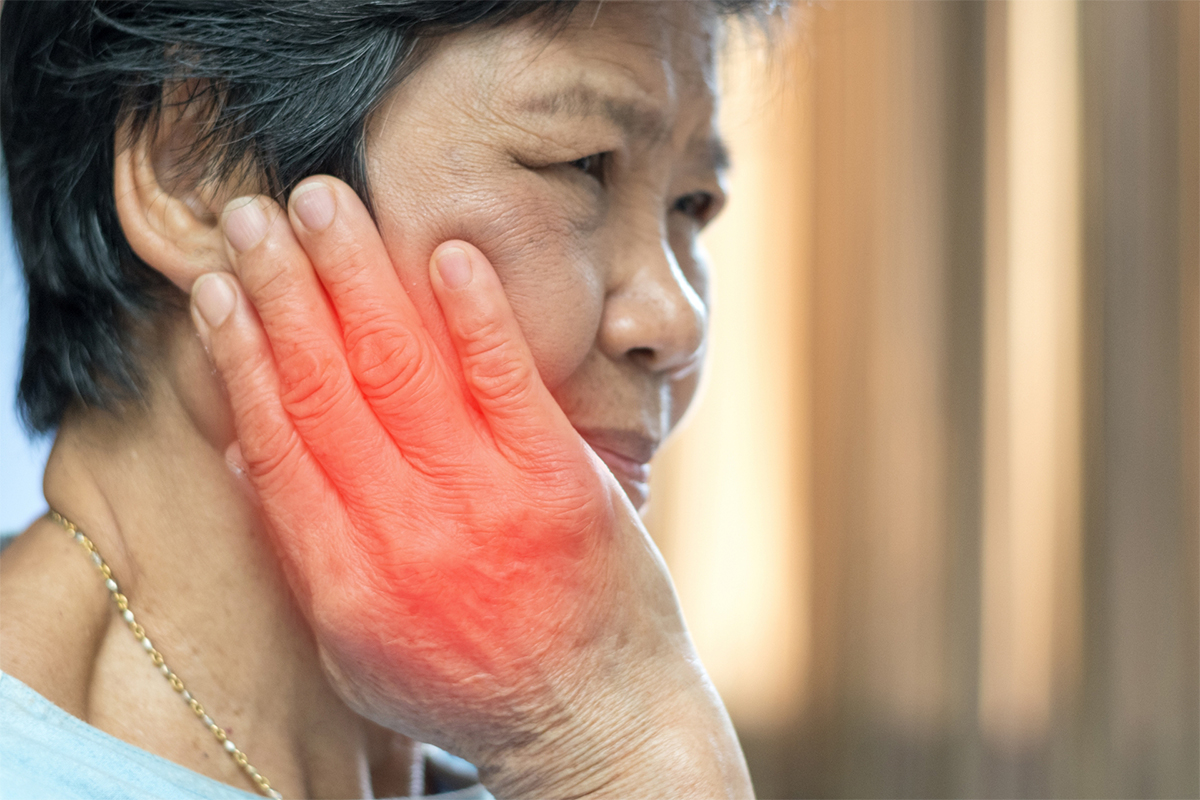
What Is Mumps?
Mumps is caused by the mumps virus, a member of the Paramyxoviridae family. It mainly targets the parotid glands, which are located near your jaw and below your ears. When infected, these glands swell and become tender, leading to the characteristic puffy cheeks and jaw pain.
The virus enters your body through the respiratory tract. It multiplies in the nose and throat before spreading into the bloodstream and reaching other tissues. In some cases, it can affect the brain, pancreas, or reproductive organs, though these complications are uncommon.
Most people recover fully within two weeks. However, the infection can cause discomfort and disrupt daily activities. The Centers for Disease Control and Prevention (CDC) and the World Health Organization (WHO) both emphasize vaccination as the most reliable way to prevent infection.
How Mumps Spreads
You can catch mumps through direct contact with saliva or respiratory droplets from an infected person. When someone with mumps coughs, sneezes, or talks, the virus can travel through the air and enter your body through your mouth, nose, or eyes.
The virus also spreads by sharing items that touch the mouth, such as cups, utensils, or water bottles. Close-contact activities like sports, kissing, or living in crowded settings increase the likelihood of transmission.
A person with mumps becomes contagious a few days before symptoms appear and remains so for about five days after gland swelling begins. Because the virus spreads easily, staying home from school or work during this period helps protect others.
Risk Factors for Contracting Mumps
You are more likely to get mumps if you are unvaccinated or have not completed the recommended two doses of the MMR (measles, mumps, and rubella) vaccine. This live vaccine provides long-term immunity for most people but may not prevent infection in every case.
Crowded environments such as schools, universities, and healthcare facilities make transmission easier. International travel also increases risk, especially to regions where mumps remains common.
People born before widespread vaccination programs or those with weakened immune systems face higher chances of infection and complications. Keeping your immunizations current and practicing good hygiene—such as covering coughs and washing hands—significantly lowers your risk.
Recognizing Mumps Symptoms and Early Warning Signs
Mumps often begins with mild, flu-like discomfort before swelling of the salivary glands becomes noticeable. You may first feel tired or feverish, then develop pain near your jaw or ears as the infection progresses. Recognizing these early changes helps you take precautions and prevent spreading the virus to others.
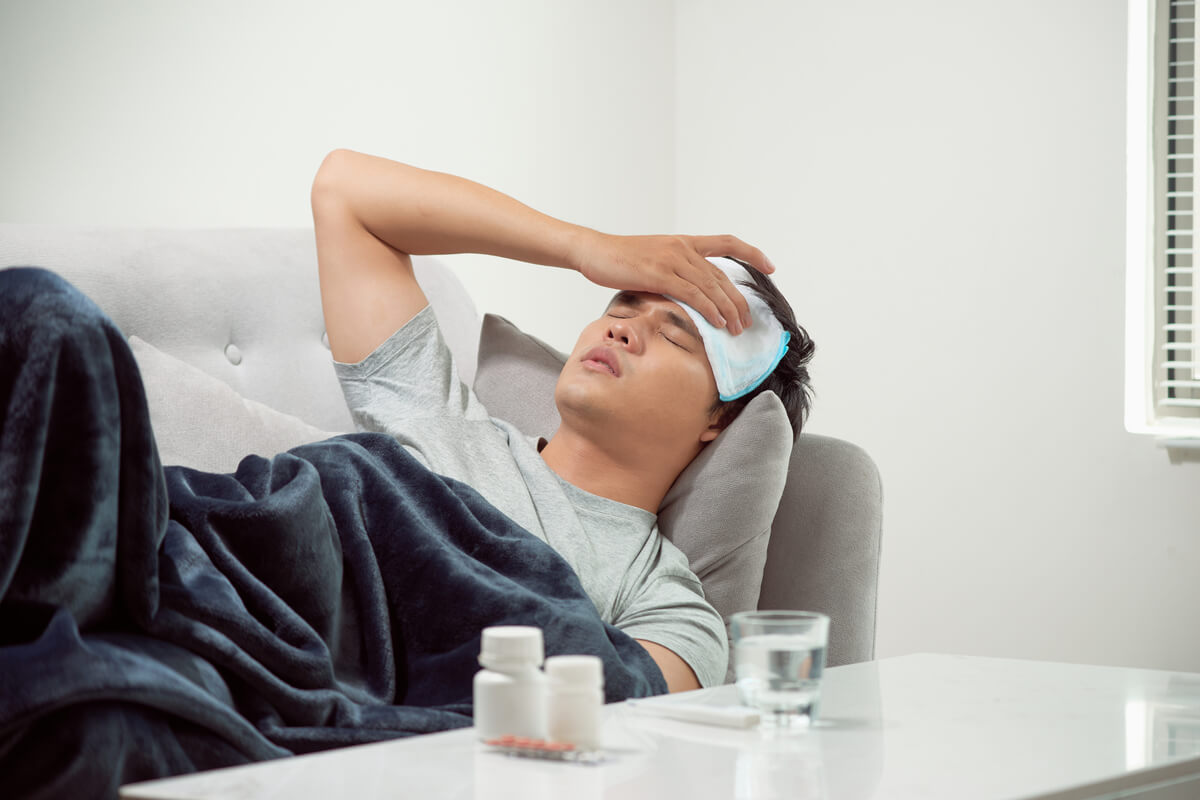
Common Symptoms of Mumps
The most recognizable feature of mumps is swelling of the parotid glands, located below and in front of your ears. This causes puffy cheeks and a tender, painful jaw. The swelling can occur on one or both sides of your face and may make chewing or swallowing uncomfortable.
You may also experience:
- Fever or high temperature (typically 38°C or higher)
- Headache and muscle aches
- Loss of appetite and general fatigue
- Pain when swallowing or speaking
Symptoms usually appear 12 to 25 days after exposure. Most people recover within two weeks, but some develop complications such as inflammation of the testicles, ovaries, or pancreas. Mumps-related hearing loss is rare but possible.
Early Signs to Watch For
Before swelling appears, you might notice subtle symptoms that resemble a cold or mild flu. These early signs can include fever, tiredness, headache, and muscle pain. A loss of appetite or mild sore throat may also occur.
During this stage, the virus is already contagious, even if you don’t yet have visible gland swelling. Paying attention to these early cues helps you isolate sooner and reduce transmission.
Occasionally, mumps can cause a rash or mild discomfort in the abdomen. If you have been exposed to someone diagnosed with mumps, monitor yourself closely for these early indications, even if they seem minor.
When to Seek Medical Advice
You should contact a healthcare provider if you develop facial swelling, persistent fever, or pain in the testicles, abdomen, or head. Severe symptoms like stiff neck, seizure, or confusion require immediate medical attention, as they may indicate inflammation of the brain or its surrounding tissues.
Medical evaluation helps confirm diagnosis through a saliva or blood test and ensures appropriate care. Rest, hydration, and isolation are usually advised to prevent spreading the infection, especially to unvaccinated individuals.
Complications and Long-Term Risks of Mumps
Mumps can cause more than swollen cheeks and mild fever. In some cases, the virus affects internal organs or the nervous system, leading to lasting health problems that require medical attention.

Potential Health Complications
Mumps can spread beyond the salivary glands and inflame other parts of your body. Meningitis and encephalitis, which involve inflammation of the brain and surrounding tissues, are among the most serious complications. These conditions may cause headaches, neck stiffness, or neurological symptoms that need urgent care.
Inflammation of the pancreas (pancreatitis) can occur, leading to abdominal pain, nausea, and vomiting. The virus may also affect reproductive organs. Orchitis in males and oophoritis in females can cause pain, swelling, and, in rare cases, affect fertility.
Although uncommon, inflammation of the breasts (mastitis) and kidneys has been reported. Adults tend to experience complications more often than children. Vaccination significantly reduces your risk of developing these outcomes, even if a breakthrough infection occurs.
| Complication: Meningitis | |
|---|---|
| Affected Area | Brain and spinal cord |
| Possible Symptoms | Headache, stiff neck, fever |
| Complication: Encephalitis | |
|---|---|
| Affected Area | Brain tissue |
| Possible Symptoms | Confusion, seizures |
| Complication: Pancreatitis | |
|---|---|
| Affected Area | Pancreas |
| Possible Symptoms | Abdominal pain, vomiting |
| Complication: Orchitis/Oophoritis | |
|---|---|
| Affected Area | Testes/Ovaries |
| Possible Symptoms | Swelling, tenderness |
Impact on Different Age Groups
Children usually recover without major issues, but adults face a higher chance of complications. Meningitis, orchitis, and pancreatitis are more frequent in adults because their immune systems may respond more strongly to the virus.
If you are a pregnant woman, mumps infection can pose risks to your pregnancy. Infection during the first trimester has been linked to miscarriage, though it does not appear to cause birth defects. Preventing infection through vaccination before pregnancy is the safest approach.
Older adults and those with weakened immune systems may experience longer recovery times. For these groups, even mild symptoms such as fatigue or gland pain can last weeks. Staying hydrated, resting, and monitoring for warning signs helps reduce complications.
Mumps and Hearing Loss
Hearing loss is one of the most recognized long-term effects of mumps. The virus can damage the cochlea or auditory nerve, leading to sensorineural hearing loss—usually in one ear. This damage may be sudden and permanent.
While hearing loss from mumps is rare, it often occurs without other severe symptoms. If you notice ringing in your ears, dizziness, or reduced hearing during illness, you should seek prompt evaluation from a healthcare provider.
Vaccination remains the best protection. People who receive both doses of the MMR vaccine are far less likely to develop hearing problems, even if they contract a mild case of mumps.
MMR Vaccine: How It Protects Against Mumps
The MMR vaccine helps your body build immunity to mumps, measles, and rubella through a safe and proven process. It uses weakened viruses to train your immune system, offering long-lasting protection and reducing the risk of outbreaks in schools, workplaces, and communities.

How the MMR Vaccine Works
The MMR vaccine contains live, attenuated (weakened) forms of the measles, mumps, and rubella viruses. These weakened viruses cannot cause the diseases in healthy people but are strong enough to trigger your immune system to produce antibodies.
When you receive the vaccine, your body learns to recognize and fight these viruses. If you are later exposed to mumps, your immune system reacts quickly, preventing illness or reducing its severity.
Two main brands—M-M-R II and PRIORIX—are licensed and used in the United States. Both are considered interchangeable and equally effective, according to the CDC and WHO.
Side effects are typically mild, such as a sore arm or low fever. Serious reactions are extremely rare, and large studies show no link between the MMR vaccine and autism.
Who Should Get Vaccinated
You should receive two doses of the MMR vaccine for the best protection. The first dose is usually given at 12–15 months of age, and the second at 4–6 years.
If you’re an adult born after 1957 and have no record of vaccination or immunity, you should get at least one dose. Certain groups—such as healthcare workers, international travelers, and students in post-secondary education—should have documented immunity or two doses.
People who are pregnant or have severe immune system problems should not get the vaccine. If you’re unsure about your vaccination history, your doctor can order a blood test to check for immunity.
Long-Term Protection and Immunity
The MMR vaccine usually provides lifelong protection against measles and rubella. However, immunity to mumps can decrease over time. Even so, vaccinated individuals who contract mumps tend to have milder symptoms and are less likely to spread the virus.
During outbreaks, public health authorities may recommend a third dose for people at higher risk, such as college students or healthcare staff.
You can safely receive the vaccine again if your records are incomplete. The NHS, CDC, and WHO all emphasize maintaining high vaccination coverage to prevent disease resurgence and protect those who cannot be vaccinated.
MMR Vaccine Safety and Side Effects
The MMR vaccine protects you against measles, mumps, and rubella using a live attenuated (weakened) virus. It has been used safely for decades, with extensive monitoring by health authorities like the CDC, NHS, and FDA. Most side effects are mild and short-lived, while serious reactions are extremely rare and closely tracked.
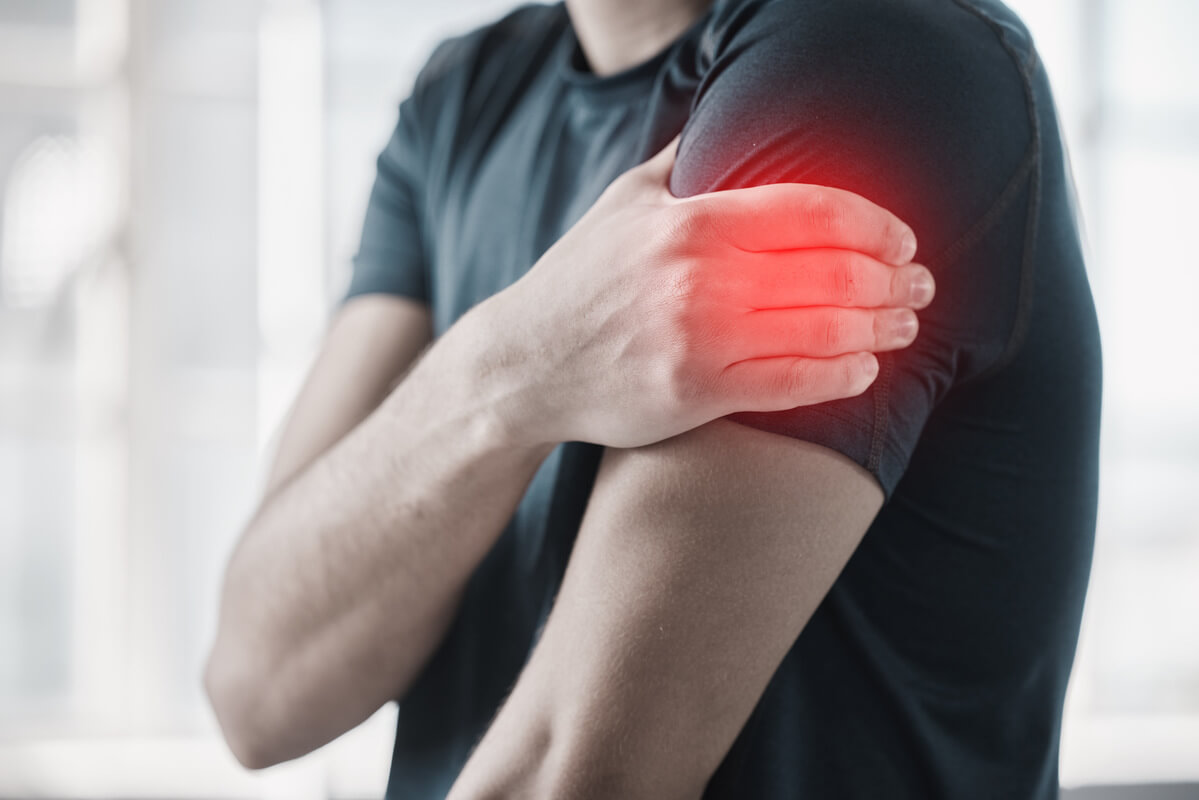
Common Side Effects
Most people experience no significant problems after the MMR vaccine. When side effects occur, they are usually mild and temporary.
You may notice a sore arm, fever, or mild rash about a week after vaccination. Some people, especially teenage or adult women, can experience brief joint pain or stiffness from the rubella component.
| Reaction: Sore arm | |
|---|---|
| Typical Timing | Within 24 hours |
| Duration | 1–2 days |
| Notes | Local tenderness only |
| Reaction: Fever | |
|---|---|
| Typical Timing | 6–10 days |
| Duration | 1–2 days |
| Notes | Responds to fluids and rest |
| Reaction: Mild rash | |
|---|---|
| Typical Timing | 1–2 weeks |
| Duration | Few days |
| Notes | Not contagious |
| Reaction: Joint pain | |
|---|---|
| Typical Timing | 1–3 weeks |
| Duration | 1–3 days |
| Notes | More common in adult women |
These effects show your immune system responding to the live vaccine. Over-the-counter pain relief or rest is usually all that’s needed.
Rare and Serious Reactions
Serious side effects are uncommon. A severe allergic reaction (anaphylaxis) can occur within minutes of vaccination but is estimated at less than 1 in a million doses. Symptoms may include hives, facial swelling, difficulty breathing, or dizziness. Immediate medical care is essential if this happens.
Rarely, children may develop febrile seizures around 6–14 days after vaccination. These seizures are brief, do not cause long-term harm, and occur in roughly 1 in 3,000–4,000 children.
Another rare event is immune thrombocytopenic purpura (ITP), a temporary decrease in blood platelets that can cause easy bruising or mild bleeding. This occurs in about 1 in 40,000 children and usually resolves without treatment.
If you have had a life-threatening allergic reaction to neomycin or a previous MMR dose, you should not receive the vaccine.
MMR Vaccine and Autism: Addressing Concerns
You may have heard concerns linking the MMR vaccine and autism, but extensive scientific research has found no connection. Large studies reviewed by the CDC, NHS, and the Institute of Medicine confirm that MMR does not cause autism or developmental disorders.
Signs of autism often appear around the same age children receive the vaccine, which led to mistaken associations. Multiple high-quality studies from the New England Journal of Medicine, JAMA Pediatrics, and others have consistently shown no causal link.
The PRIORIX and M-M-R II vaccines used today meet strict safety standards. Ongoing monitoring systems, such as the CDC’s Vaccine Adverse Event Reporting System (VAERS), continue to confirm their strong safety record. You can feel confident that protecting yourself or your child with MMR is far safer than risking infection.
Preventing Mumps: Public Health and Outbreak Response
You can lower the risk of mumps spreading by maintaining high vaccination coverage, identifying cases early, and protecting people more likely to develop complications. Public health agencies such as the CDC, WHO, and NHS emphasize coordinated outbreak response and consistent communication to contain infections effectively.
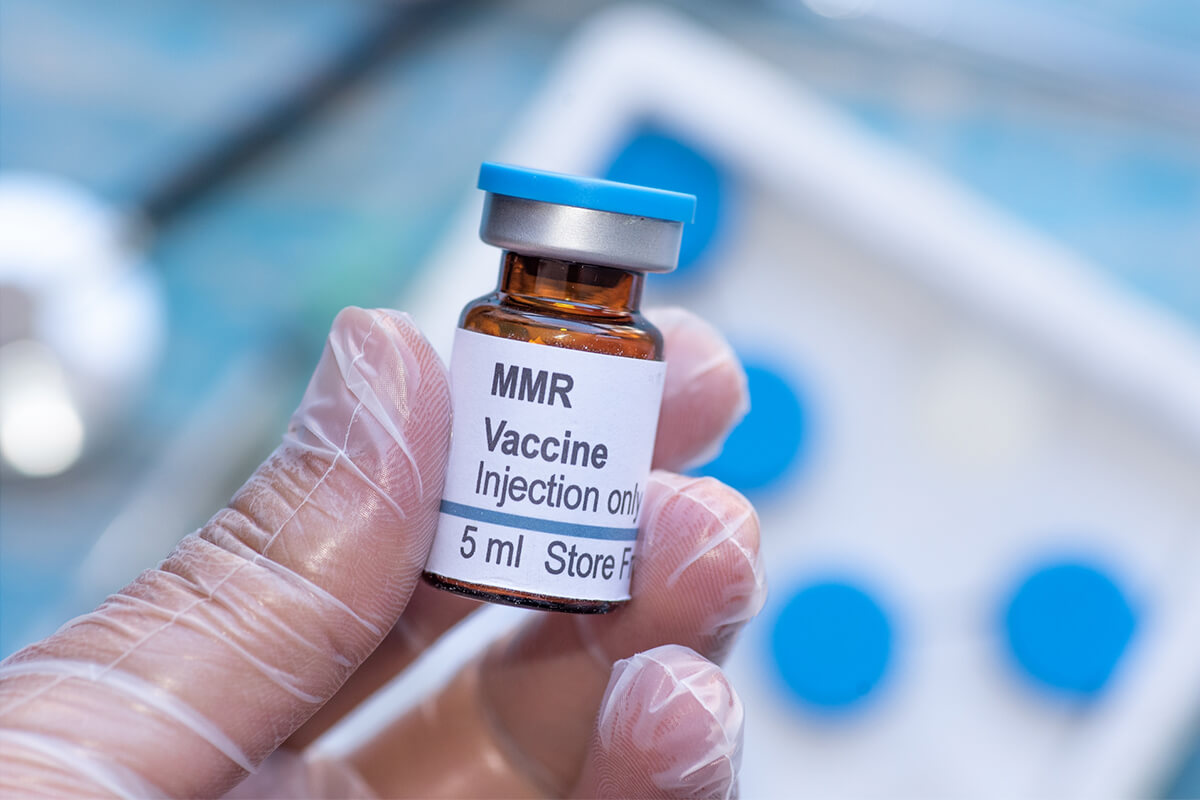
Role of Vaccination in Outbreak Prevention
You can prevent most mumps infections through the MMR vaccination, which protects against measles, mumps, and rubella. Two doses provide strong immunity, but protection can decline over time. During outbreaks, health authorities may recommend a third MMR dose for people in close-contact settings such as universities or correctional facilities.
Maintaining high community vaccination rates limits transmission and protects those who cannot receive vaccines due to medical reasons. The CDC and WHO report that outbreaks often occur in populations with good coverage but intense exposure, such as sports teams or shared housing.
If you travel internationally, ensure your MMR vaccination is up to date. Many measles outbreaks abroad have also involved mumps, showing how quickly these viruses can spread where vaccination rates drop.
Protecting Vulnerable Groups
Some people face higher risks from mumps infection. Those with a weakened immune system, unborn babies of infected mothers, and unvaccinated individuals are more likely to experience complications. You can help protect them by staying current on your vaccinations and avoiding contact with others when ill.
Healthcare providers and public health agencies identify these groups early during outbreaks. The NHS and CDC recommend targeted communication and vaccination drives in schools, workplaces, and healthcare settings to reduce exposure.
If you care for someone immunocompromised, encourage everyone around them to be fully vaccinated. This creates a protective barrier that reduces the chance of infection entering their environment.
Responding to Mumps Cases in the Community
When mumps cases appear, early isolation and case investigation are essential. The CDC defines an outbreak as three or more linked cases, but officials may act sooner if transmission risk is high.
If you develop symptoms such as parotid gland swelling or jaw pain, self-isolate for at least five days after onset. Avoid close contact, sharing utensils, or attending gatherings.
Public health teams trace contacts, verify vaccination histories, and may recommend MMR boosters for exposed groups. Quick reporting helps prevent wider spread and preserves medical resources.
| Step: Isolate suspected cases | |
|---|---|
| Purpose | Reduce transmission |
| Step: Identify and notify close contacts | |
|---|---|
| Purpose | Prevent secondary infections |
| Step: Verify vaccination status | |
|---|---|
| Purpose | Ensure immunity in at-risk groups |
| Step: Provide clear public guidance | |
|---|---|
| Purpose | Support informed community action |




